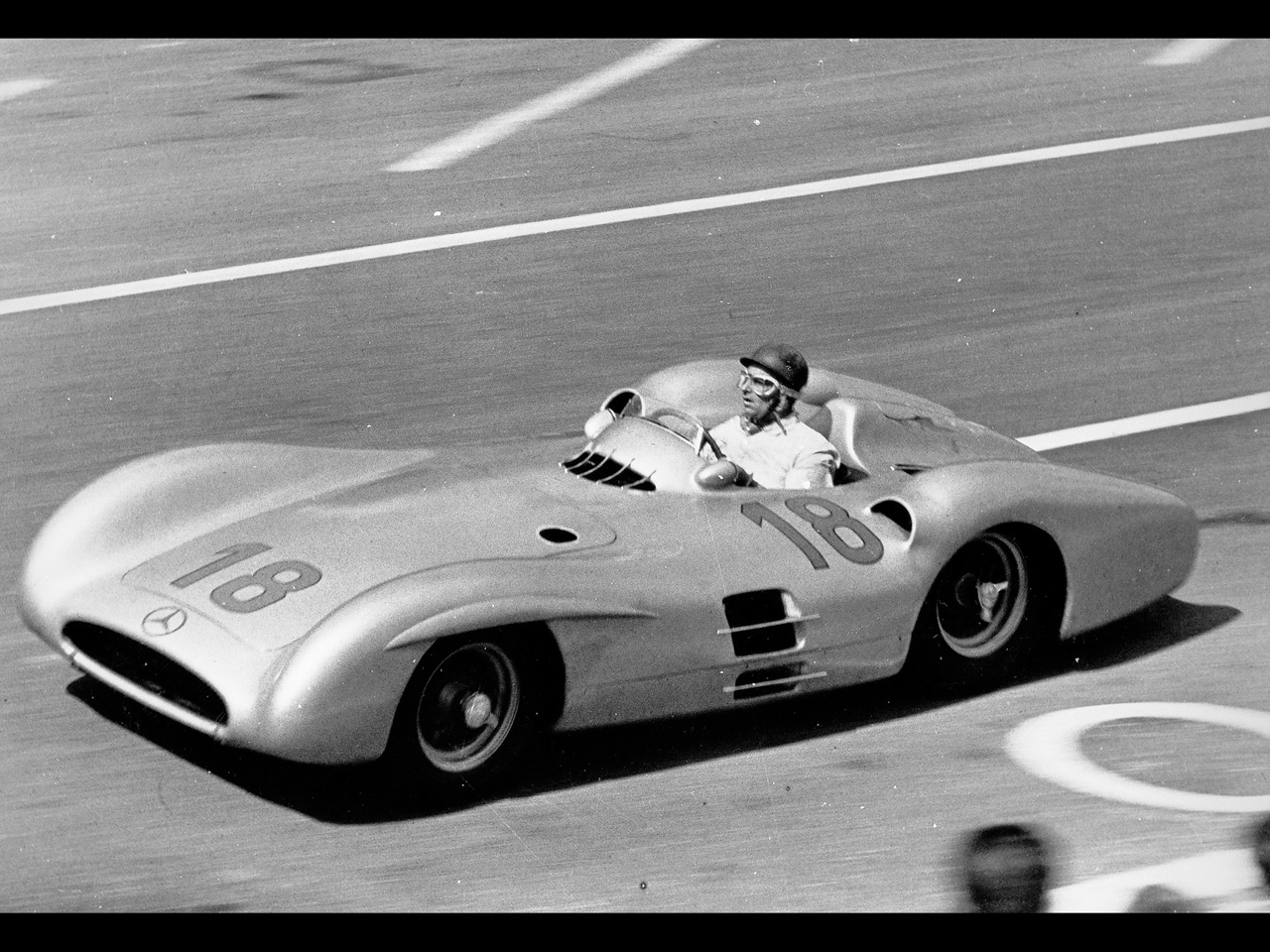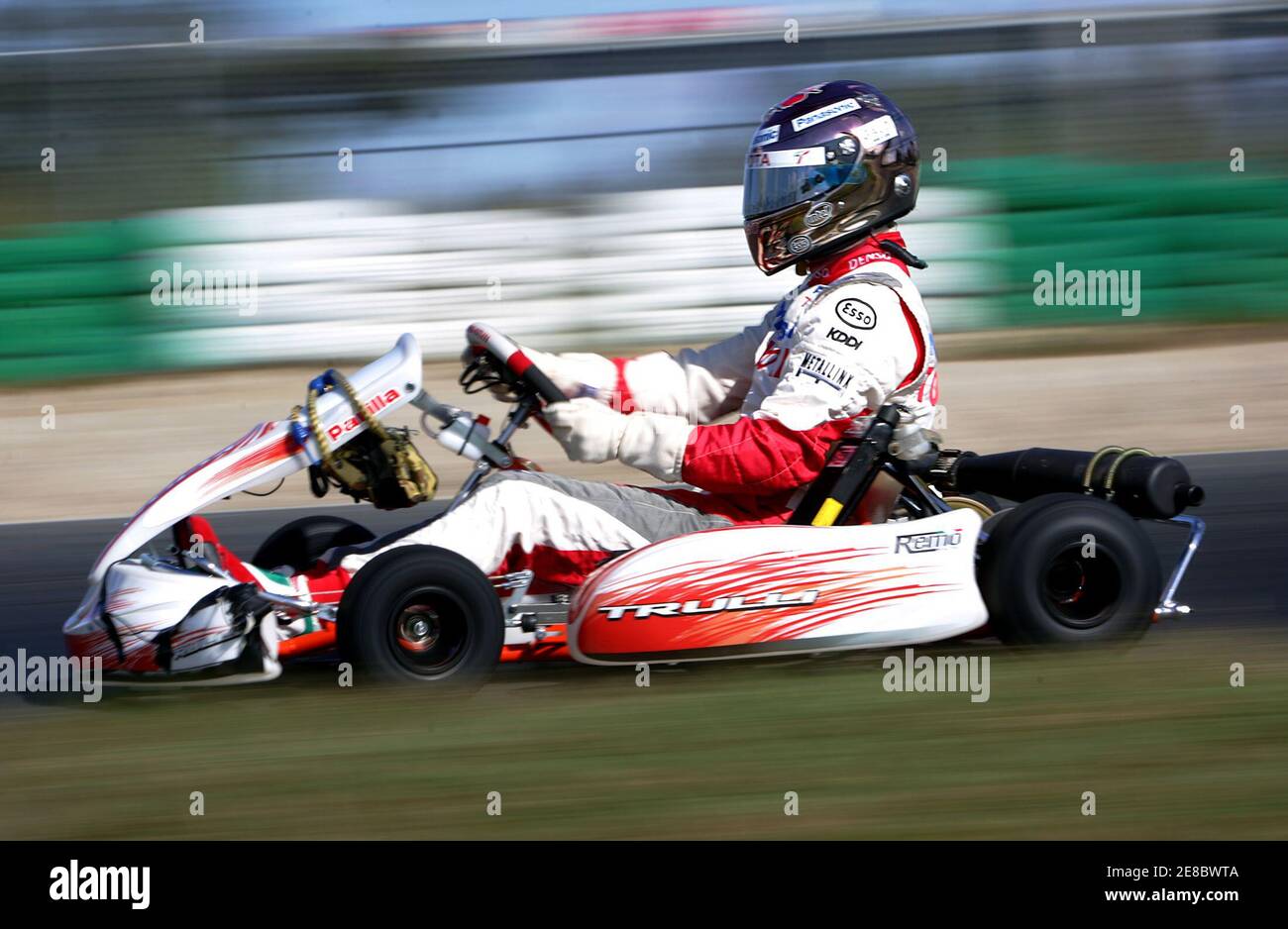
F1 cars never run on oval tracks, but Indycars do. So, comparing speed directly is pointless. But, if you look at the pictures of both cars, you can see how far apart they are. The aeroshield of an Indycar will be more visible than the F1 car's. However, the F1 car may have flexed its front and rear wings. Final analysis is that the difference between the two cars comes down to the amount of money.
IndyCar is an American circuit.
IndyCar races mainly in North America but it is an international circuit with one race in Canada. F1 races typically last around one and a quarter hours. IndyCar races, however, are limited to just two hours. However, they can be modified if needed. In addition, most events are held in North America, but there are races outside the U.S. that have a global appeal.

The scoring is the same as Formula 1, with the winner getting 50 points, while second and third receive 40 points. IndyCar's top three drivers receive five extra points. The two most successful teams also get five more points. Indy 500 winners receive five points. As a result, the points are boosted for the top three teams, although this is not possible for every team.
IndyCar chassiss are made by one manufacturer.
IndyCar's chassis is identical to that of Formula One racing teams. Chassis manufacturers build their cars to the same standards, and there is no major difference between them. The only differences between the two classes of cars are their aerodynamics. IndyCars uses twin-turbocharged V-6 engines of 2.2-litre capacity from either Chevrolet or Honda. These engines can produce 550-700bhp depending on how much boost is applied and what surface they are racing on.
The IZOD IndyCar Series has made investments in technical staff and facilities to position itself as a technical leader. In order to evaluate next-generation engines, the Series created an ICONIC Advisory Committee. The group includes retired Air Force Gen. William R. Looney III, Rick Long, Eddie Gossage, and Neil Ressler. The ICONIC Advisory Committee is comprised of industry leaders who provide input on the next generation of chassis and engines.
IndyCar speeds up on ovals better than F1 car
There is a big question as to whether Indycars are faster than F1 cars. Indycars are designed for oval tracks whereas F1 cars can be driven on long and twisty roads. While both cars reach high speeds, Indy vehicles are quicker on ovals thanks to their higher downforce.

The fuels used to power each vehicle are also different. IndyCar cars consume more ethanol and F1 cars use less leaded fuel. IndyCars have different braking systems, while F1 cars have carbon fiber brakes. F1 cars, however, have better brakes for oval tracks. However F1 cars are more likely to experience tire failures when wet.
FAQ
What is a pitstop?
Pit stops allow you to stop driving and let someone else take over for a few minutes. This is also known as a pit lane.
What number of people are involved in making a race car.
Most race car manufacturers employ many workers.
They produce parts such as wheels, tires suspension systems, body panels, engine components and engine components.
Which car racing draws the most spectators
The Indianapolis 500 Mile Race attracts the largest crowds in North America. Each year, over 400,000 people tune in.
It will be held at Indianapolis Motor Speedway between May 30th & 31st.
Is it difficult to become a racecar driver?
It takes effort and dedication. You need to practice daily. You will not succeed if your efforts and time aren't consistent.
This dream requires you to be willing and able to give up everything. It's not about winning if your are fast enough.
Many people dream of driving but fail to realize that they don’t have the drive skills. They desire a simpler life.
They want to be able to go home at night with no extra effort. You have to be willing and able to give up all other things if you want success.
If you want to be a race car driver, you have to put in the hours and the effort.
What cars are used to race cars and why?
Speed is the most important factor for any race car driver. It is what makes them go fast. They must be fast enough to catch up with other drivers, but strong enough to keep the lead. This gives them an edge over other racers because they can easily overtake others at high speed and then pull away from them when they're not looking.
The fastest cars are usually very lightweight. This allows them accelerate quickly and gain speed. But this also means that they have less energy, which can limit how far they can travel in short periods of time. This means they have to be efficient with their energy.
Engines power most modern-day racing cars. These are similar to those found in normal passenger vehicles. But instead of using petrol, these engines run on compressed air. Because petrol is not powerful enough to give a car enough power to go fast, this is why these engines use compressed air.
How quickly can a race car accelerate?
The acceleration rate of a racecar will differ depending on its weight.
For example, a lightweight car accelerates more quickly than a heavy car.
What does it cost to participate in a race
It depends on the event. Different events may charge entry fees.
Some events require that you pay in advance. Others will let people in for free.
Statistics
- Acceleration is a little gentler (relatively speaking) too, with 0-100km/h taking an estimated 3.1 seconds and 0-200km/h covered in 7.8 seconds. (autosport.com)
- Forget the 200-mph battles of the late 1980s; no one, not even McLaren itself, predicted the inimitable F1 would go as fast as it did. (motortrend.com)
- According to Toyota, the 390-hp-plus 2019 Yaris WRC runs out of gearing after 124 mph, 19 mph less than the crazy Yaris GR that's currently sitting on dealer lots outside of the U.S. BONUS: (motortrend.com)
- According to thepostgame.com, “The Daytona 500 is one of four ‘restrictor plate' races on NASCAR's calendar, given both safety and competitive concerns for the long track and its famous 31-degree banking in its four corners.” (defensivedriving.com)
- This change may give an improvement of up to 29% fuel efficiency. (en.wikipedia.org)
External Links
How To
How to get involved in motorsports
Learn how to drive is the first step. Once you have learned how to drive, you are ready for racing. You must be part of a team if you wish to race professionally. This will require you to be able communicate well with others, and to show that you are able to win races. You also need to be willing put yourself at risk and take responsibility for your safety. Final word: If you wish to be a professional driver you must thoroughly study the sport. You need to know everything about driving including engine maintenance and strategy.